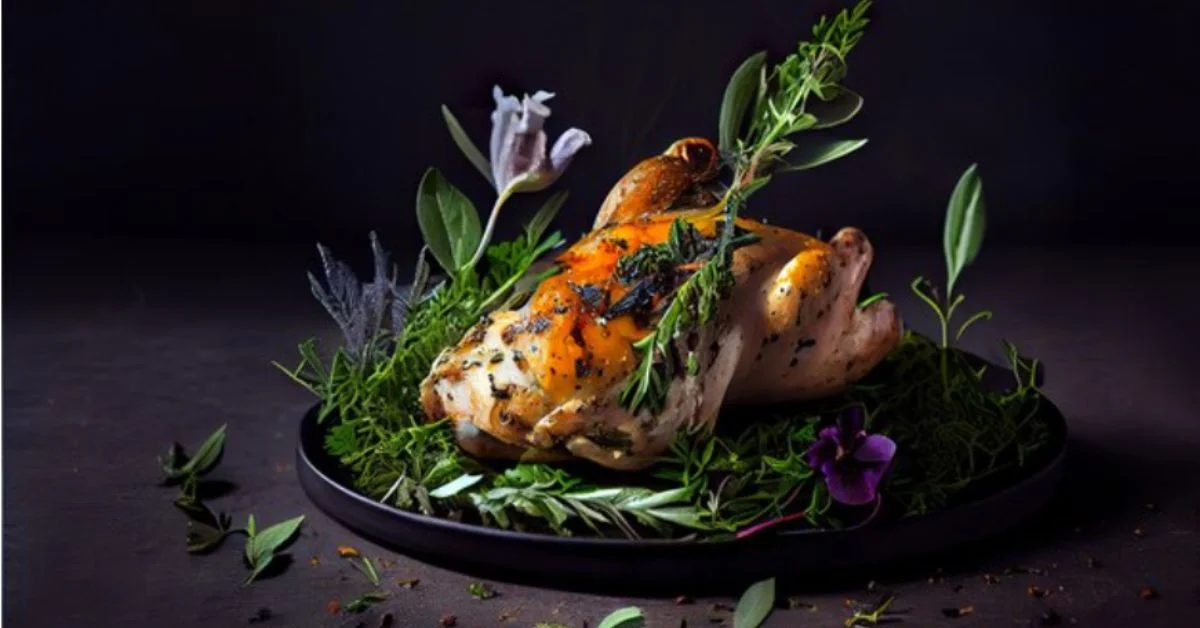Introduction to Pollastre Perfection
When it comes to comfort food, few dishes can compete with the allure of roasted chicken. In Catalonia, this culinary classic takes on a special twist known as Pollastre. It’s not just a meal; it’s an experience steeped in rich history and culture. With its succulent meat, aromatic herbs, and perfectly crisp skin, Pollastre embodies everything we love about home-cooked goodness.
Imagine gathering around the table with friends and family, savoring each bite of tender chicken infused with local flavors. Whether you’re looking to impress dinner guests or simply enjoy a cozy night in, mastering Catalan-style roasted chicken is essential for any food lover’s repertoire. Let’s embark on this delightful journey together as we explore all there is to know about creating your very own Pollastre perfection!
The History and Cultural Significance of Catalan-Style Roasted Chicken
Catalan-style roasted chicken, or “pollastre,” is more than just a dish; it’s a culinary tradition deeply rooted in Catalonia’s rich history. This vibrant region of Spain boasts diverse influences from Mediterranean, Roman, and Moorish cuisines.
Historically, pollastre was often prepared for family gatherings and festive occasions. It symbolizes togetherness and celebration. The preparation methods reflect agrarian practices where local farmers utilized fresh ingredients from their land.
Herbs like rosemary and thyme are staples in this recipe, highlighting the importance of regional flavors. Each family may have its unique twist, passed down through generations.
Culturally, enjoying pollastre connects people to their heritage. Family recipes encourage storytelling over shared meals. Today, its popularity extends beyond borders as food enthusiasts embrace this delicious taste of Catalonia’s heart and soul.
Ingredients and Preparation for Pollastre Perfection
To achieve Pollastre perfection, start with a tender whole chicken. Choose organic or free-range for the juiciest results.
Next, gather fresh herbs like rosemary and thyme. Garlic adds depth, while lemon brings brightness to your dish.
Don’t forget olive oil—essential for that crispy skin. Sea salt and black pepper are crucial seasonings that enhance every bite.
For an authentic touch, consider adding smoked paprika or saffron. These spices elevate the flavor profile significantly.
Prepare your ingredients by chopping herbs finely and mashing garlic cloves into a paste. Zest the lemon before juicing it; this will amplify its citrusy kick in your marinade.
Mix everything together creating a fragrant marinade that envelops the chicken beautifully. Allow it to marinate for at least two hours—or overnight if time permits—for maximum infusion of flavors.
Now you’re ready to embark on your cooking journey!
Step-by-Step Guide to Cooking the Perfect Catalan-Style Roasted Chicken
Begin with a whole chicken, ideally around 3 to 4 pounds. Ensure it’s brought to room temperature for even cooking.
Preheat your oven to 400°F (200°C). Pat the chicken dry with paper towels. This helps achieve that crispy skin everyone loves.
Season generously inside and out with salt, black pepper, and smoked paprika. For an authentic touch, add fresh rosemary or thyme under the skin.
Place sliced onions and garlic in a roasting pan as a flavorful base. Position the seasoned chicken on top, breast side up. Drizzle olive oil over it for added richness.
Roast for about an hour or until golden brown and juices run clear when pierced at the thigh’s thickest part. Baste occasionally for extra moisture and flavor enhancement.
Let it rest before carving; this allows juices to redistribute, ensuring every bite is juicy perfection.
Tips and Tricks for Enhancing the Flavor and Presentation of Pollastre Perfection
To elevate your Pollastre, start with a marinade. A blend of olive oil, garlic, lemon juice, and fresh herbs works wonders. Allow the chicken to soak in those flavors for at least two hours—or overnight if you can.
Consider using a cast-iron skillet for roasting. This not only enhances flavor but also gives that perfect crispness to the skin.
Adding seasonal vegetables around the chicken is both practical and beautiful. Carrots, potatoes, or bell peppers will absorb delicious juices while adding color to your dish.
For an aromatic touch, sprinkle some saffron into your cooking liquid. It provides a unique depth that’s quintessentially Catalan.
Don’t shy away from garnishes! Fresh parsley or rosemary sprinkled on top before serving adds visual appeal and freshness right when it’s needed most.
Serving Suggestions and Pairings for a Complete Meal Experience
For a complete meal experience with your Pollastre, consider serving it alongside traditional Catalan sides. A vibrant escalivada, featuring grilled vegetables like eggplant and bell peppers, adds color and flavor to the plate.
Pairing your roasted chicken with creamy alioli enhances each bite. This garlic-infused sauce brings a delightful zing that complements the savory notes of the pollo perfectly.
Don’t forget about the bread! Crusty baguette or pa amb tomàquet—bread topped with ripe tomatoes and drizzled olive oil—is an excellent addition for soaking up those delicious juices.
For drinks, opt for a light-bodied red wine from Catalonia or a refreshing Cava. These beverages elevate your meal while balancing the richness of the dish.
Finish off your dining experience with fresh seasonal fruits or flan de huevo—custard dessert—for a sweet touch after savoring this hearty main course.
Conclusion: Share Your Own Pollastre Perfection Experience
Sharing a meal is one of the most cherished experiences in Catalan culture, and Pollastre is at the heart of it all. Have you tried your hand at making this delicious dish? Whether you’ve mastered the art or are just starting out, there’s something special about gathering around a table to enjoy roasted chicken with family and friends.
We’d love to hear about your own Pollastre perfection journey! Did you experiment with different spices? How did your presentation turn out? Each cook puts their unique spin on this classic recipe, so share your stories and tips. Your adventures could inspire others to dive into their culinary exploration of Catalan cuisine.
So go ahead – let’s connect over our shared love for Pollastre!

